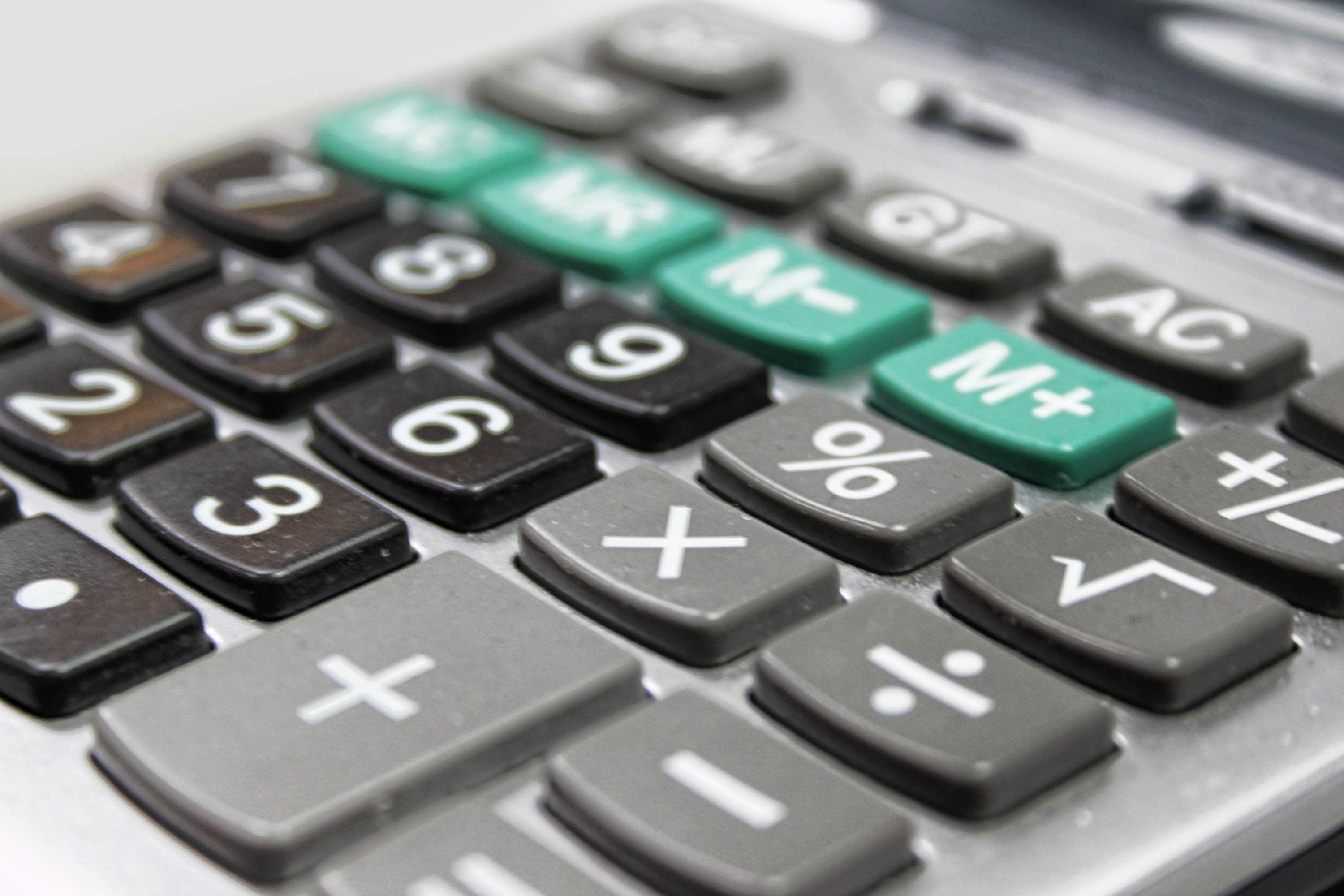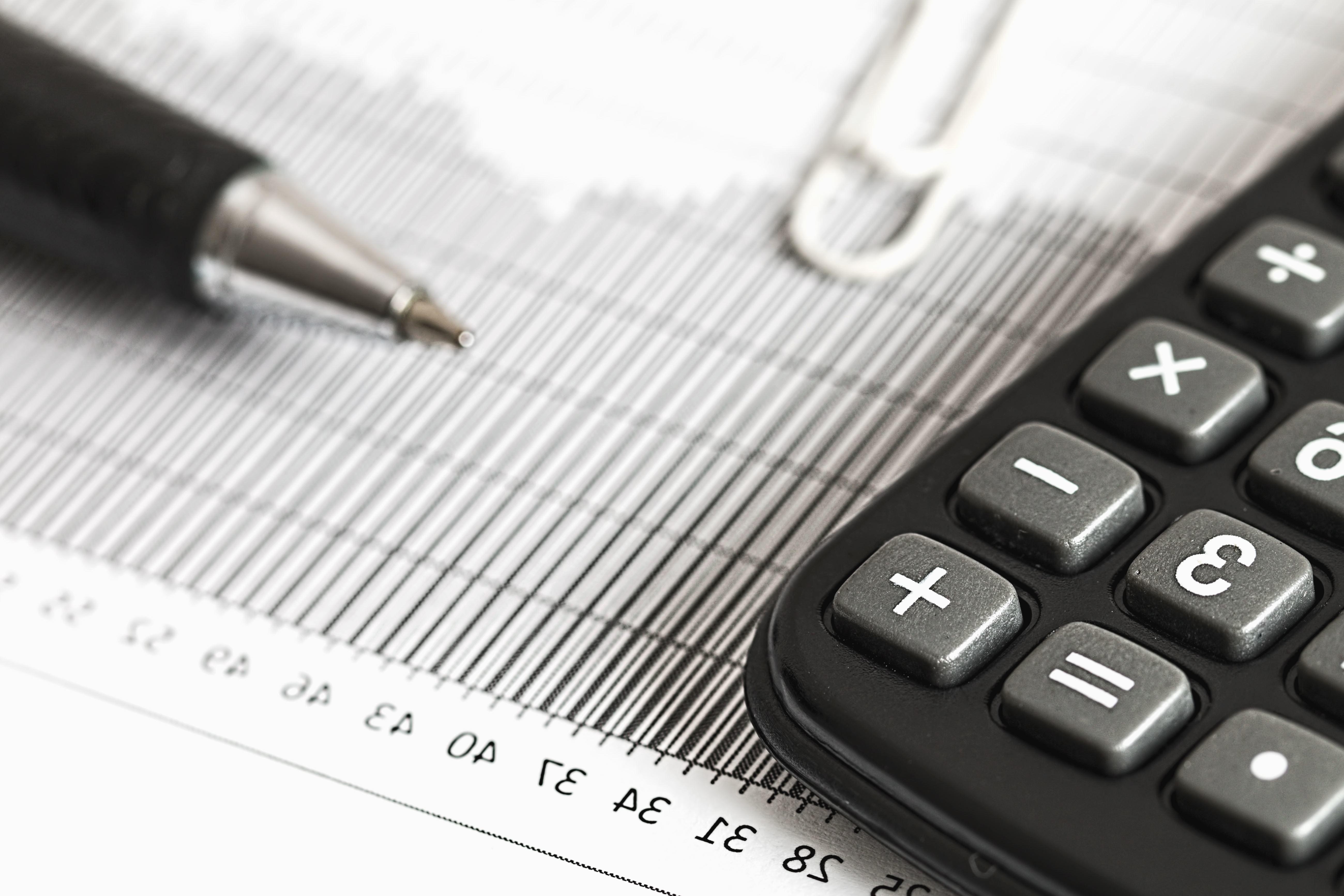Wallpaper Measurement and Calculation: Wallpaper Calculator

Wallpaper calculator – Determining the correct amount of wallpaper for a room is essential for a successful installation. It involves measuring the walls and calculating the total area that needs to be covered. This guide will provide a comprehensive overview of wallpaper measurement and calculation, ensuring you have the necessary knowledge to plan your project accurately.
Formula for Calculating Wallpaper Area
The formula for calculating wallpaper area is:
Area = (Length of Wall + Width of Wall) x 2 x Height of Wall
For example, if a wall is 10 feet long, 8 feet wide, and 9 feet high, the area would be: (10 + 8) x 2 x 9 = 324 square feet.
Interactive Online Calculator for Wallpaper Measurements
To simplify the calculation process, you can use an interactive online wallpaper calculator. These tools allow you to input the dimensions of your walls and receive an estimate of the wallpaper needed. They consider factors such as window and door openings, providing a more accurate estimate.
Factors to Consider When Measuring for Wallpaper
When measuring for wallpaper, it is important to consider the following factors:
- Window and Door Dimensions: Measure the height and width of all windows and doors. These openings will need to be deducted from the total wall area.
- Ceiling Height: Measure the height of the walls from the floor to the ceiling. This will determine the length of the wallpaper strips.
- Pattern Repeat: If the wallpaper has a pattern, determine the pattern repeat, which is the distance between the repeating pattern elements. This will help you calculate the number of strips needed.
Wallpaper Design and Patterns

Wallpaper designs and patterns can dramatically transform the ambiance of a room. From classic geometric motifs to vibrant florals and abstract designs, there is a vast array of options to choose from. Understanding the different styles and patterns available will help you create a cohesive and visually appealing space.
When selecting wallpaper, consider the overall style of your décor. Geometric patterns, such as stripes, chevrons, and polka dots, can add a modern and sophisticated touch. Floral designs evoke a sense of nature and femininity, while abstract patterns offer endless possibilities for creativity and artistic expression.
Creating a Mood Board
A mood board is an effective tool for visualizing your wallpaper choices and ensuring they complement your existing décor. Gather images of furniture, fabrics, and other decorative elements that inspire you. Pin them to a board or create a digital collage. This will help you identify patterns, colors, and textures that work well together.
Complementary Wallpaper Selection
When choosing wallpaper, consider the colors and patterns of your furniture and other furnishings. Select a wallpaper that complements the existing décor without overwhelming it. For a subtle touch, choose a wallpaper with a similar color palette or pattern. For a bolder statement, opt for a wallpaper with contrasting colors or a larger pattern.
Wallpaper Installation and Maintenance

Wallpaper installation and maintenance are crucial to ensuring a flawless finish and extending the life of your wall coverings. This guide will provide a comprehensive overview of the process, from surface preparation to adhesive application, as well as techniques for hanging wallpaper and tips for cleaning and maintaining it.
Surface Preparation
Proper surface preparation is essential for successful wallpaper installation. Ensure the wall surface is clean, dry, smooth, and free of any dirt, dust, grease, or imperfections. Repair any holes or cracks with spackling paste and sand them smooth. If the wall is painted, lightly sand it to create a slightly rough surface for better adhesion.
Adhesive Application
Choose the appropriate adhesive for your wallpaper type and wall surface. Follow the manufacturer’s instructions for mixing and applying the adhesive. Apply a thin, even coat of adhesive to the back of the wallpaper using a paint roller or brush. Allow the adhesive to set for the recommended time before hanging the wallpaper.
Wallpaper Hanging Techniques, Wallpaper calculator
There are two main wallpaper hanging techniques: paste-the-wall and peel-and-stick.
- Paste-the-Wall: With this method, you apply the adhesive directly to the wall. Align the wallpaper and press it into place, smoothing out any air bubbles as you go.
- Peel-and-Stick: Peel-and-stick wallpaper has a self-adhesive backing. Simply peel off the backing and press the wallpaper onto the wall. This method is suitable for smooth, clean surfaces and is easier for beginners.
Cleaning and Maintenance
To ensure the longevity of your wallpaper, regular cleaning and maintenance are essential.
- Dusting: Use a soft, dry cloth to gently dust the wallpaper regularly.
- Spot Cleaning: For small stains or marks, use a damp cloth with a mild detergent. Avoid using abrasive cleaners or sponges.
- Full Cleaning: For a thorough cleaning, use a wallpaper cleaner or a solution of warm water and mild detergent. Apply the solution to the wallpaper using a sponge or soft cloth and wipe it down.